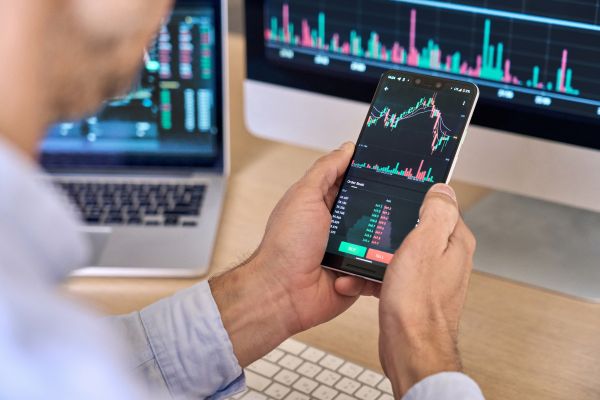The forex market is the largest financial market in the world, with trillions of dollars exchanged daily. Behind every trade, liquidity providers play a crucial role in ensuring smooth transactions, reducing price gaps, and maintaining market stability. Whether retail or institutional, traders benefit from their presence, as they help create the efficient price movements seen in FX trading online.
Who Are Liquidity Providers?
Liquidity providers are large financial institutions, banks, and market makers that facilitate trading by offering buy and sell prices for currency pairs. They ensure there is always a counterparty for a trade, reducing the chances of order delays and slippage. Without them, traders would struggle to execute positions quickly, especially in high-volatility conditions.
The most significant liquidity providers include major global banks, hedge funds, and specialized firms. These entities operate across multiple markets, continuously supplying bid and ask prices to brokers and trading platforms. In FX trading online, the presence of strong liquidity providers allows traders to access tighter spreads and more efficient trade execution.
How Liquidity Affects Forex Trading
Higher liquidity means faster execution and lower trading costs. When multiple liquidity providers compete to offer the best prices, spreads remain tight, making it more cost-effective for traders to enter and exit positions.
Conversely, during periods of low liquidity, price movements can become erratic, leading to wider spreads and increased slippage. This often happens during off-market hours, major economic events, or unexpected geopolitical developments. For those engaged in FX trading online, understanding liquidity fluctuations helps in choosing the best times to trade and managing risks effectively.
The Relationship Between Brokers and Liquidity Providers
Forex brokers act as intermediaries between traders and liquidity providers. Depending on the broker type, they may use different models to connect traders with the market.
Some brokers operate on an Electronic Communication Network (ECN) model, directly linking traders to liquidity providers without intervention. Others use a Market Maker model, where they act as the counterparty, absorbing trades themselves instead of passing them to liquidity providers.
The quality of a broker’s liquidity providers impacts trade execution speed, slippage, and spread competitiveness. In FX trading online, choosing a broker with access to top-tier liquidity providers ensures smoother order execution and more favorable trading conditions.
Market Depth and Liquidity Flow
Market depth refers to the number of buy and sell orders available at different price levels. A deep market, supported by multiple liquidity providers, ensures that large trade volumes can be executed without significantly impacting prices.
Shallow markets, on the other hand, experience larger price swings when sizable trades are placed. Traders monitoring market depth can assess liquidity conditions before entering a position. In FX trading online, this insight is particularly useful during major economic events, when liquidity can quickly shift and affect execution quality.
Maximizing Trade Efficiency with Liquidity Awareness
Traders who pay attention to liquidity conditions can optimize their strategies for better execution. Trading during peak market hours, such as the London-New York session overlap, ensures higher liquidity and reduced costs.
Using limit orders instead of market orders can also minimize the risk of slippage, as it allows traders to enter positions at predefined price levels. In FX trading online, understanding liquidity providers’ influence helps traders make informed decisions, ensuring they trade in favorable conditions while minimizing risks.

